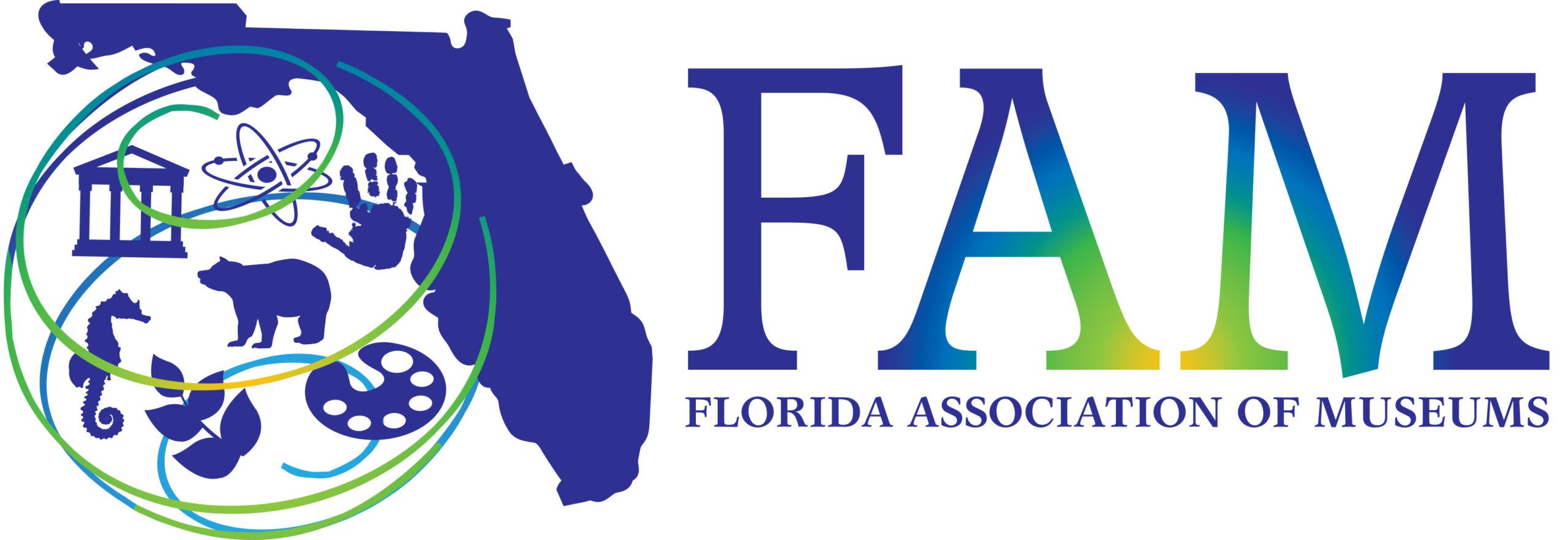Inventory & Audits
In this webinar, you will discover that complete and partial inventories and audits demonstrate the accountability of museums, archives and zoos to their collections and constituents. These institutions should develop a plan that will establish a timeline for regular inventories/audits and determine the responsibilities for conducting inventories/and audits
Webinars
Note: When viewing the webinars a new browser page will open.
Activity
Discussion Questions
During the documentation webinar you learned about the methods and responsibilities for conducting inventories and audits.
- In what ways is conducting a regular inventory important?
- Do you have a structured process for conducting inventory?
- What are some ways you can complete inventory in a timely, efficient manner?
- Do you feel like you’re supported in making inventory a priority?
- Who is responsible for conducting inventory? Does this work?
- How do you Identify “found in collection items during inventory?
- What is something important you have learned about inventory?
Spinners
Utilizing the game spinner have each participant take a turn at the spinner. Read the question or topic to the group and discuss among the group. Use examples from your policy or institution.
Online Resources
National Park Service (NPS), Museum Handbook, Part 2: Museum Records, Chapter 4: Inventory and Other Special Instructions https://www.nps.gov/museum/publications/MHII/mh2ch4.pdf
Unesco: Why are museum documentation and inventories so important in dealing with emergency situations?http://www.unesco.org/new/en/culture/themes/museums/museum-projects/archive/why-are-museum-documentation-and-inventories-so-important-in-dealing-with-emergency-situations/
ICOM: Documentation: Inventory / Identification
https://www.obs-traffic.museum/documentation-inventory-identification
